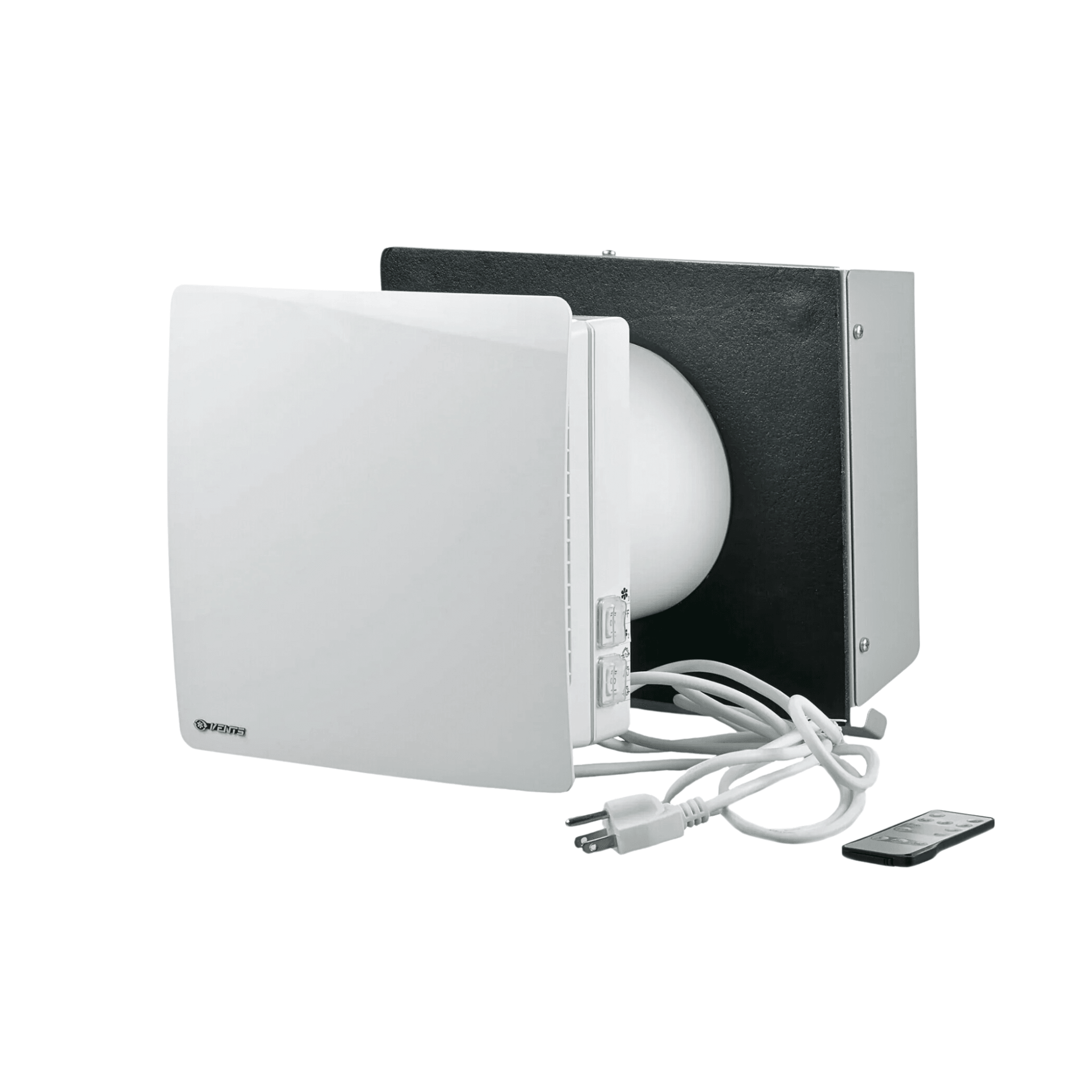For reference this is for UK weather and using diesel (aka dry) heating.
Isn't that like putting on the heating and opening all doors and windows? It seems extremely wasteful no?
Currently I see heating is not enough for me because I will run the heating for an hour say and see the condensation lift from metal on the walls and some on the windows (the heater is at the other end of the van to the windows) then only about 10 minutes after I turn the heater off then the condensation returns to the windows.
If I run for longer than about one hour 30 minutes though the heat would be uncomfortable for me when it is getting into the 20s range (celcius).
So will active venting with fans do better work at preventing this? Even so isn't it just going to suck out any hot air that is produced meaning the space will never get warm?
Isn't that like putting on the heating and opening all doors and windows? It seems extremely wasteful no?
Currently I see heating is not enough for me because I will run the heating for an hour say and see the condensation lift from metal on the walls and some on the windows (the heater is at the other end of the van to the windows) then only about 10 minutes after I turn the heater off then the condensation returns to the windows.
If I run for longer than about one hour 30 minutes though the heat would be uncomfortable for me when it is getting into the 20s range (celcius).
So will active venting with fans do better work at preventing this? Even so isn't it just going to suck out any hot air that is produced meaning the space will never get warm?




